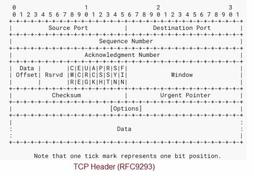NAT vs PAT: Understanding the Difference
Advertisement
This page describes the difference between NAT and PAT. NAT stands for Network Address Translation, and PAT stands for Port Address Translation.
NAT (Network Address Translation)
A network address translation device obscures all the details of the computers connected to the local network. The NAT device acts as a gateway for all the computers. Behind the NAT device, the local network can use any network address space. The NAT device acts as a proxy for the local network on the internet.
A NAT device helps in increasing security, as it can prevent an outside attacker from even finding the local network. This is because the local addressing scheme is not contiguous with the standard IP address space used worldwide.
PAT (Port Address Translation)
PAT helps in the optimum utilization of IP address space by allocating one dedicated IP address for the organization and internally using IP addresses as per the need. PAT is an extension of NAT.
For example, say there are two computers trying to access the internet. As per PAT, if computer ‘A’ tries to connect, it will be assigned one port number and IP address. If, at this time, another computer ‘B’ tries to connect, it will be given the same local IP address but a different port number.
This way, you can conserve IP address space by identifying the received packet with the use of the port number and local IP address.
Advertisement
 RF
RF




